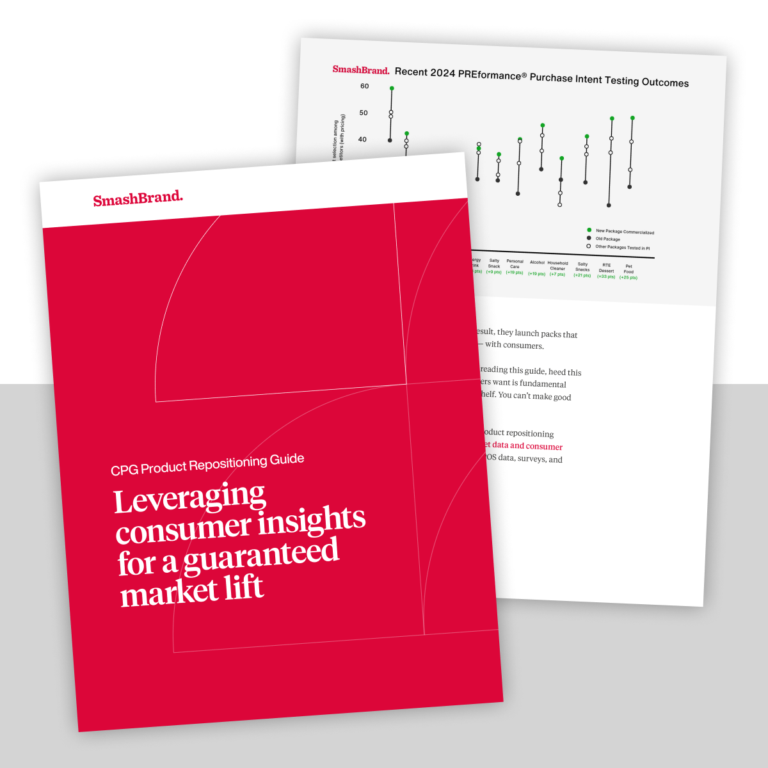Product packaging can serve as an important point of competitive differentiation for brands that know how to use it to their advantage.
As we know, the primary goal of food packaging design is to move the item from the retail shelf into the customer’s cart. It’s a simple concept that belies how complex packaging design can be. With our consumer-oriented culture and global supply chains giving customers thousands of choices in the grocery store, brands have to work harder than ever to get noticed through the noise.
Food Packaging Recommendations
Packaging influences brand value. With this in mind, food packaging must clearly convey the value proposition of your product. Sure, it needs to look good, but its primary goal is that of communication between brand and consumer: Buyers need a reason to choose your product over the one sitting next to it on the shelf. All packaging must clearly and honestly state the benefits of the product in an eye-catching way.
To accomplish this, brands need to have a clear understanding of their products, their target markets, and how their offerings differ from the competition. We’re talking, here, about brand identity—the strategic positioning that your company identifies with and that drives your growth. This overarching factor will influence each of the packaging decisions to come:
Food Safety
Obviously, food packaging decisions must guarantee that the product makes it from the manufacturer to the customer in one piece. Design considerations aside, this is the number one goal of food packaging.
Packaging Style
Food safety is a given, but the packaging style chosen affects more than just the safety of the contents. Different types of packages will ship differently and may create logistic headaches for the transportation and distribution partners in the supply chain. The packaging style chosen will ideally keep food fresh while still being easy to transport.
Product Information
There’s a fine line in packaging between minimalist design and overloading the customer with information. Your packaging should explain the key value proposition of the product without forcing customers to read through a wall of text. For example, if your coffee is organic, let them know! But don’t go too far with this—customers don’t need to know that the beans were shady side of the hill.
Shelf Appeal
What makes customers want to pick this item instead of your competitor’s? Shelf aesthetics are a big consideration in packaging design, and there’s no one right answer. Some brands use high-contrasting colors and wild fonts to catch the eye. Many use images of the product itself or of brand mascots (a la Jolly Green Giant). These considerations should be aligned with your brand identity as described above and provide clear distinctions between your products and the competition’s.
Packaging That Sells
Overall, the most important takeaway for designing food packaging that sells is to feature any and all information that highlights how your product is differentiated from others on the shelf. Knowing your market is key, here—if packaging designers know what motivates their target audience, they’ll know what elements to include to help motivate them to purchase.
Subscribe to
Nice Package.
A monthly newsletter that unpacks a critical topic in the FMCG & CPG industry.
Free Resource.

CPG product repositioning guide.
Explore the five undeniable signs your CPG product needs repositioning along with strategies for leveraging consumer insights for a guaranteed market lift.
Learn More About CPG product repositioning guide.